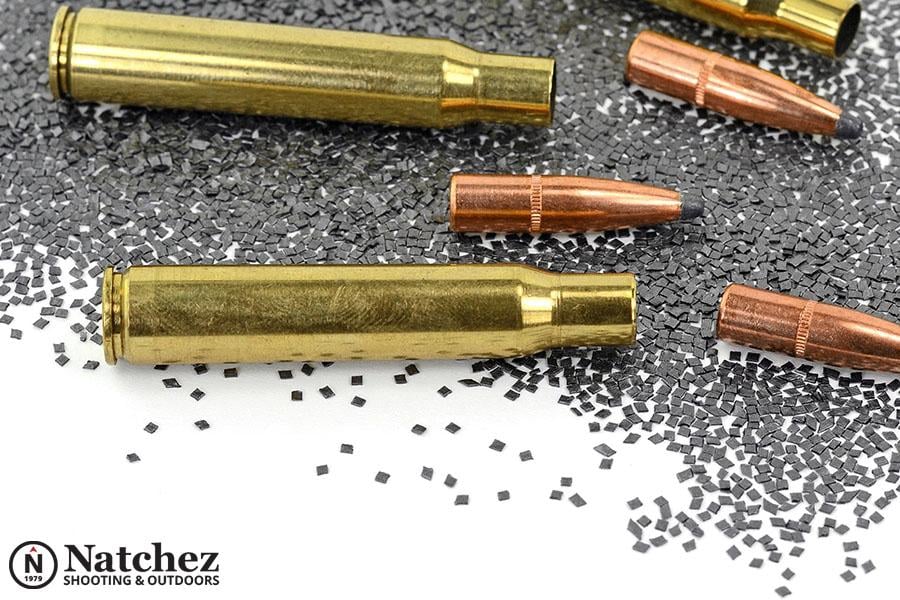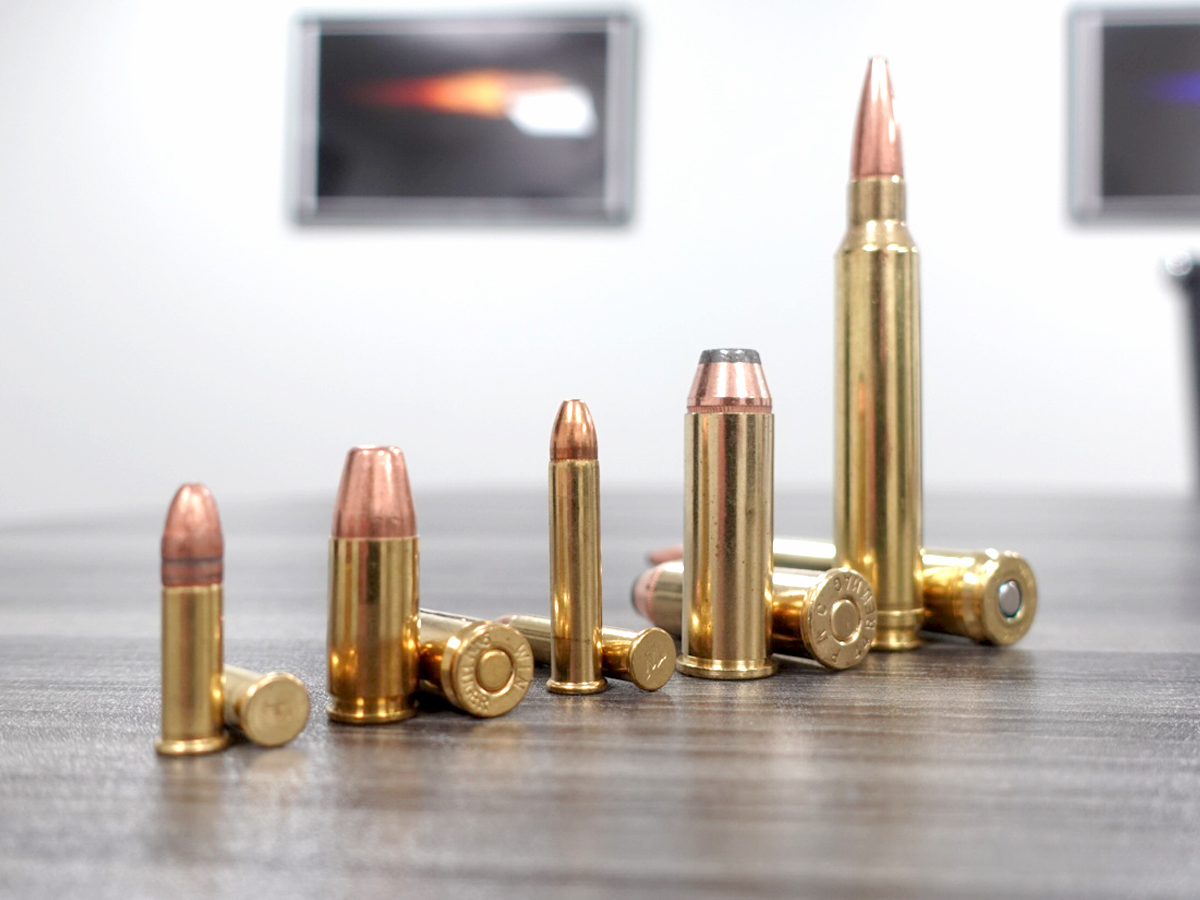Getting My Ammunition Pro Llc To Work
Table of ContentsThe Ultimate Guide To Ammunition Pro LlcExcitement About Ammunition Pro LlcThe 5-Minute Rule for Ammunition Pro LlcThe Ultimate Guide To Ammunition Pro LlcAmmunition Pro Llc Fundamentals Explained
The fundamental parts of ammunition coincide for rifle, pistol, and shotgun ammo. Knowing just how ammunition functions is a vital element in being an accountable gun owner. Today we're considering the what the fundamental parts of ammo are and how they interact to fire a round. The fundamental components of ammo shown on a 9mm. Shooting Supplies round.It houses the primer and powder. The bullet is seated in the open end of the instance. When you terminate a bullet out of a semi-auto gun, the weapon's extractor lifts the case from the shooting chamber and it flies out of the gun. The situation is additionally often described as coverings, brass, or housings.
A gun's firing pin strikes a cartridge's guide. The primer is a metal mug that holds an eruptive chemical compound. When the firing pin strikes the primer cap, it squashes the priming substance versus the anvil. This produces a little surge in the situation that fires up the propellant. The guide lies in the rim of the instance of a rimfire cartridge.
The 8-Minute Rule for Ammunition Pro Llc
Both usual sorts of guides in centerfire cartridges are Berdan and Fighter guides. Gunpowder beside the situation that typically contains it. Powder, additionally called propellant or gunpowder, is a fast-burning chemical blend. The guide explosion ignites it. It is typically a mixture of saltpeter, charcoal, and sulfur.

We call the projectiles for shotshells, which we discharge via shotguns, slugs and shot. Now that you have a standard understanding of the standard parts of ammo, you can really feel a little bit much more certain in just how your weapon and ammunition feature!.
The smart Trick of Ammunition Pro Llc That Nobody is Talking About
Keep up with Special Deals, Advancement Notification of Sales, and Store Events
Fun fact: Grains are made use of to explain the mass of a bullet because completely back in the early days of guns, it was a dispenser's system of dimension, and an usual step was needed to establish just how much cause use to make actors lead bullets (Discount Ammo). 'Grains' as a system of measure for weight copulates back to ancient times, and stands for the weight of a grain of wheat

(https://www.bizoforce.com/business-directory/ammunition-pro-llc/)For referral, the weight of a paper clip has to do with 16 gr. So, we recognize that grains are an action of mass, and much more = much heavier, and heavy is excellent, best? Yes, hefty is great, yet mass of the projectile isn't the only thing you need to take into consideration when selecting a round for your weapon.
Some Known Questions About Ammunition Pro Llc.
Fun truth, this is the beginning of the term "Rifle" ex lover. The result this spin has on projectiles is a supporting one the bullet revolving maintains the nose aimed directly, in the exact same means that a perfectly spiraled football throw is going to be much more steady and precise in trip than an ugly duck, end over end toss.
Exactly how does this connect to grain weight? Picture you're on one of those playground slide carousels, the ones with bars you hold on to while it rotates.
The exact same effect occurs with bullets. The larger the projectile, the more effect a faster spin will certainly have on it.
Getting My Ammunition Pro Llc To Work
However there's an additional variable that we have to consider when choosing a grain weight for our ammunition. As hinted at above, bullet rate, or the speed of the projectile, is a major variable when determining the finest grain weight projectile to use. Rate is affected by a few major elements, including the type and amount of propellant (gunpowder), barrel length, and bullet weight.

One of the most typical grain weight rounds for 9x19mm cartridges are 115gr and 124gr. These are generally lead core, fully jacketed (FMJ) rounds. Both of these grain weight cartridges will perform well in manufacturing facility 9mm pistols, to typical gun distances (up to 50 yards). 115 grain rounds are the most typical (and therefore least pricey).